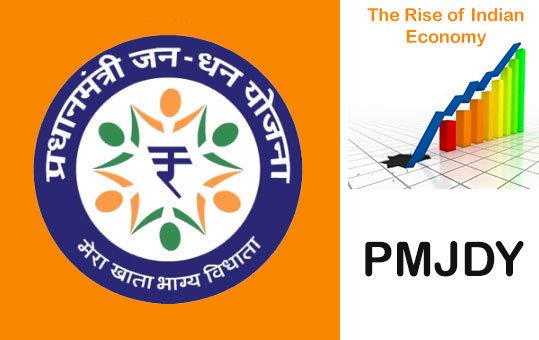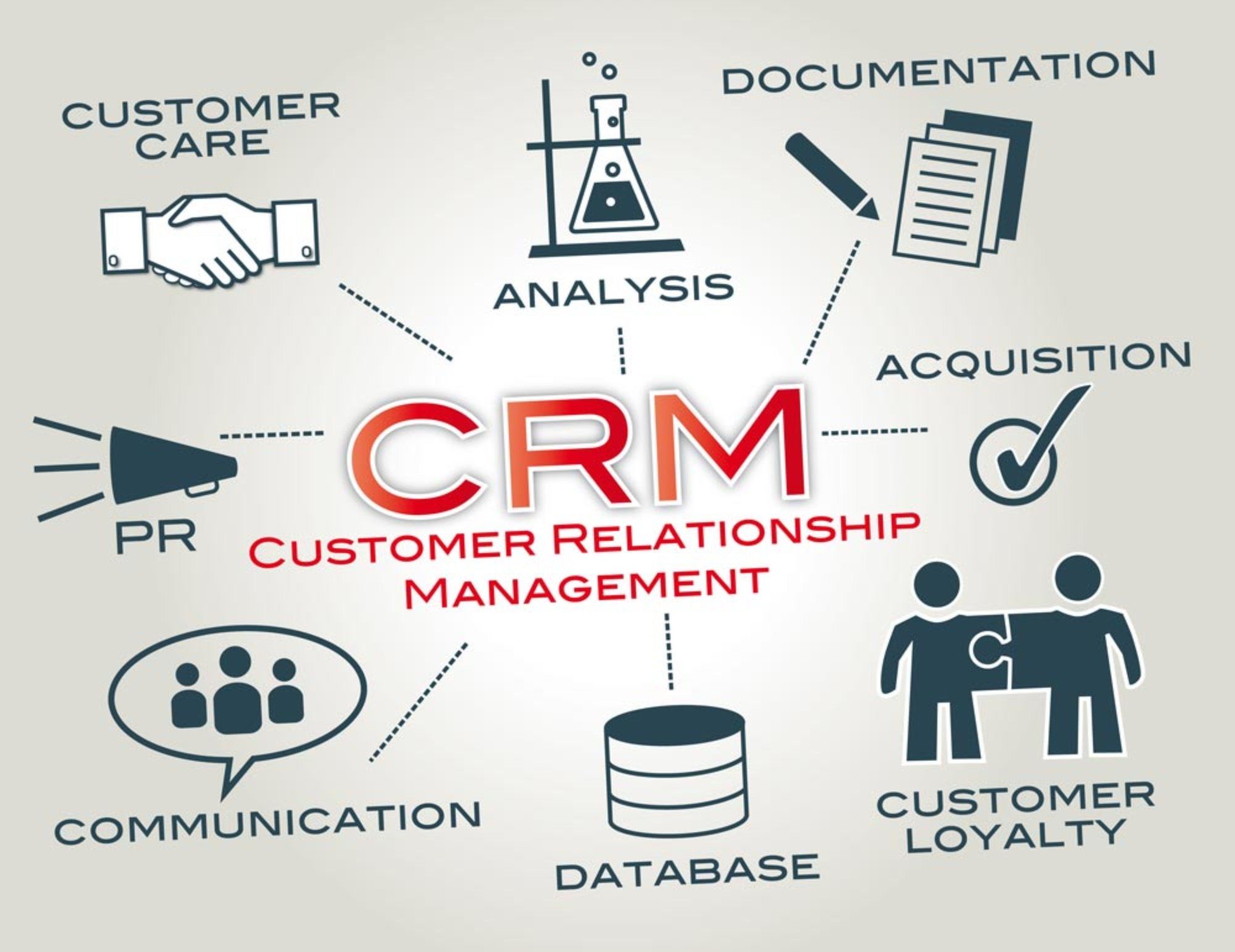A FAR REACHING FINANCIAL INCLUSION PROGRAM (JAN DHAN YOJANA )
In Banking, Business, Entrepreneurship, Indian Economy, Marketing, Official BlogHow can a country develop if a larger chunk of its population is left behind? If a greater portion of its masses still remains unbanked? In order to justify the title ‘developing country’ financial inclusion is a must for India.
Through the years, the government of India and Reserve bank of India have taken various measures to achieve the goal of financial inclusion. The PRADHAN MANTRI JAN DHAN YOJANA is perhaps the largest financial inclusion drive in the world, and having its achievements recognized by the Guinness worlds records is undoubtedly a crowning achievement.
The benefits under the Pradhan Mantri Jan Dhan Yojana scheme are:
- Interest on deposit.
- Accidental insurance cover of Rs.1 lakh
- No minimum balance required.
- The scheme provides life cover of Rs.30,000/- payable on the death of the beneficiary, subject to fulfillment of the eligibility condition.
- Easy Transfer of money across India
- Beneficiaries of Government Schemes will get Direct Benefit Transfer in these accounts.
- After a satisfactory operation of the account for 6 months, an overdraft facility will be permitted
- Access to Pension, insurance products.
- The Claim under Personal Accidental Insurance under Pradhan Mantri Jan Dhan Yojana shall be payable if the RuPay Cardholder has performed minimum one successful financial or non-financial customer induced transaction at any Bank Branch, Bank Mitra, ATM, POS, E-COM etc. Channel both Intra and Inter-bank i.e. on-us (Bank Customer/RuPay card holder transacting at same Bank channels) and off-us (Bank Customer/RuPay card holder transacting at other Bank Channels) within 90 days prior to the date of the accident including accident date will be included as eligible transactions under the RuPay Insurance Program 2016-2017.
- Overdraft facility up to Rs.5000/- is available in only one account per household, preferably lady of the household.
Expediently moving towards its target to provide universal access to banking facilities, the scheme has offered immense benefits and has a plentiful share in the success stories of financial literacy and financial inclusion.
- However, In comparison to the rural and urban branches, it depicts that the rural branches have more bank mitras as compared to urban branches. It reflects that the rural branches require this facility to connect with the customers. The urban branches have a comparatively less requirement of bank mitras. This concludes that the urban branches perform well compared to rural branches in the case of requirement of bank mitras.
- Also, When compared to rural and urban branches, the awareness level of customers with regards to the facilities under the PMJDY scheme is more in the urban branches than the rural branches. This concludes that the rural branches should improve on customer awareness.
- Besides, In comparison to rural and urban branches, rural branches allow a fewer number of accounts per household when compared to urban branches. This talk about the requirements and facilities provided in maintaining the accounts. Thus when compared, it is seen that the urban branches have a better maintenance of PMJDY accounts.
- Most of the customers in the rural branches face a problem with language and face a problem of illiteracy.
- Rural branches have a better reach to the PMJDY customers as compared to the urban branches. In addition to it, the rural branches witness more transactions pertaining to RuPay card when compared to that of the urban branches.
A way ahead:
- With regards to the deduction of premium based on the responses, it is seen that few of the rural and urban branches deduct premium for the insurance facility whereas the other branches do not. Therefore, a uniform system of deduction of premium should be maintained so as to bring about equality.
- Duplication of accounts should be allowed in all the branches provided that it is opened in different branches. This promotes the sense of saving and also attracts the customers because of the various benefits available to them.
- The customers should also be educated with the use of E-mail and mobile applications to facilitate their work and transactions. This reduces the cost of visiting the branches and helps in providing easier and faster services to customers.
- The satisfaction level of the PMJDY customers must be monitored from time to time so as to provide the best possible services.
PMJDY, a long felt-need National Mission on Financial Inclusion committed itself for an integrated approach to bring about comprehensive financial inclusion of all the households in the country enabling especially low income group people to get rid of moneylenders, cultivate the habit of saving, and most importantly, benefit from string of financial products and services offered by banking system Pradhan Mantri Jan Dhan Yojana has seen positive results and is still continuing on an upward trend. The progress of all proposed strategies needs to be checked on regular basis and effectively implemented within specified time bound framework. Only by enlightening the people about the formal finance source, the country can achieve true inclusion, otherwise PMJDY will always remain something so close, yet so far.



